Menu
Acne is one of the most common skin conditions. Sadly, moderate to severe acne can leave behind scarring, often affecting our patient’s confidence and self-esteem. While the acne itself usually heals over time, the scars can linger or become permanent unless treated. Fortunately, there are several exceptionally good cosmetic dermatology methods to minimize or eliminate acne scars. These treatments are often tailored to specific scar types and skin tones, using innovative technologies to target different forms of acne scarring.
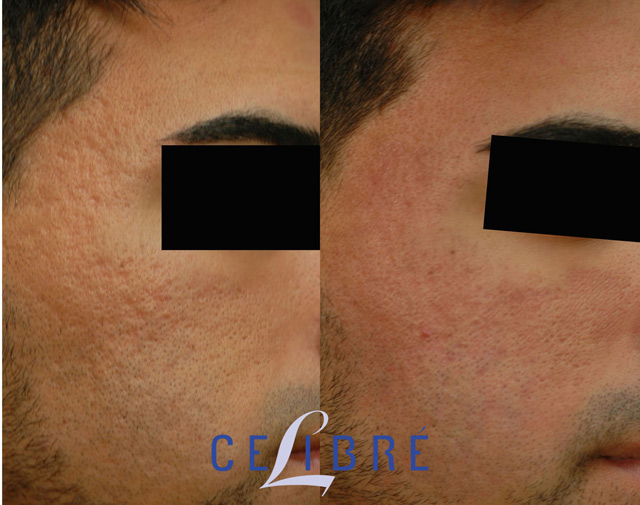





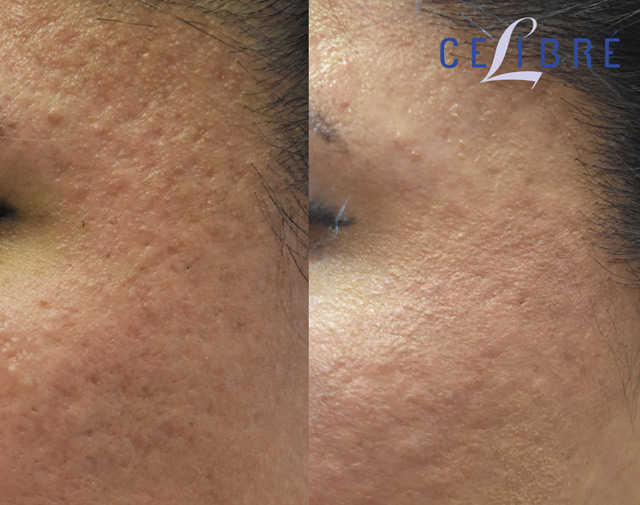

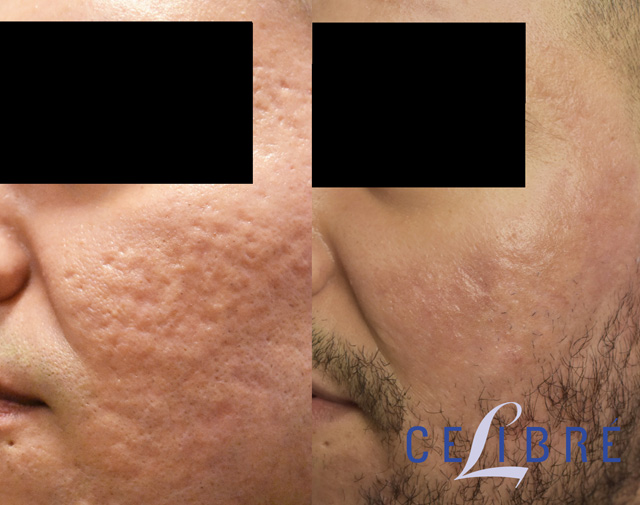
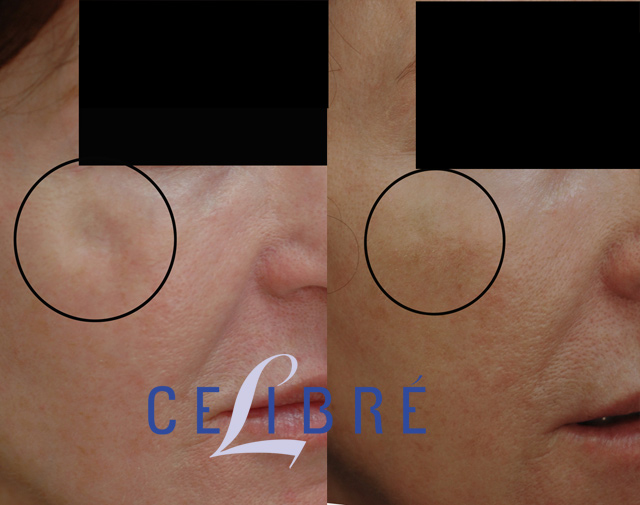
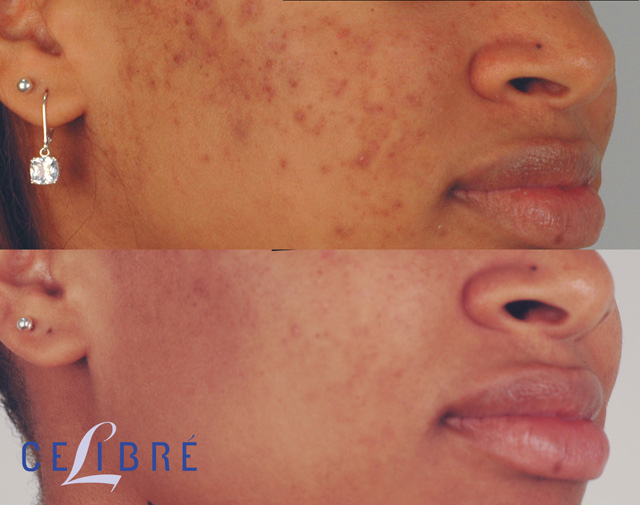
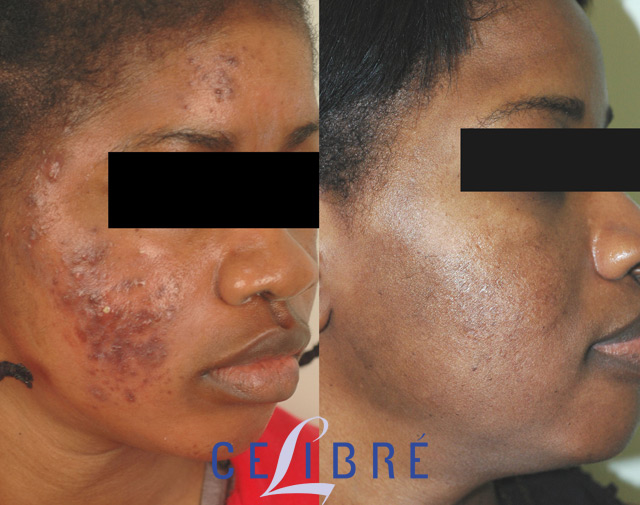
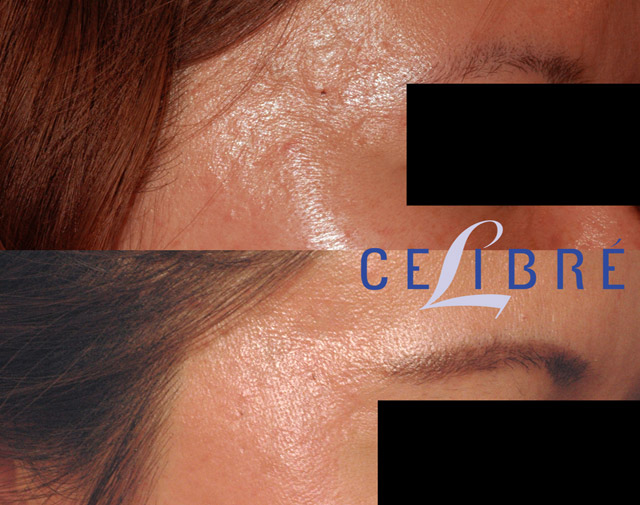
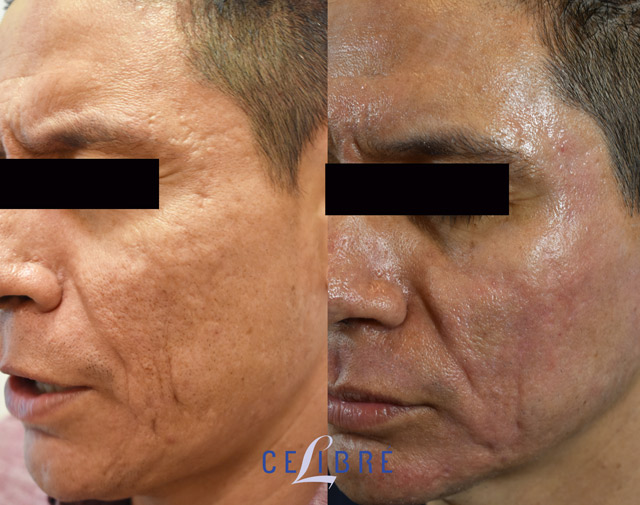
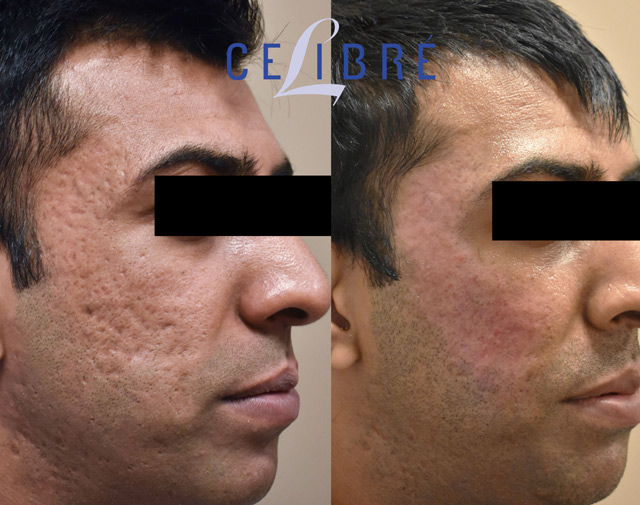
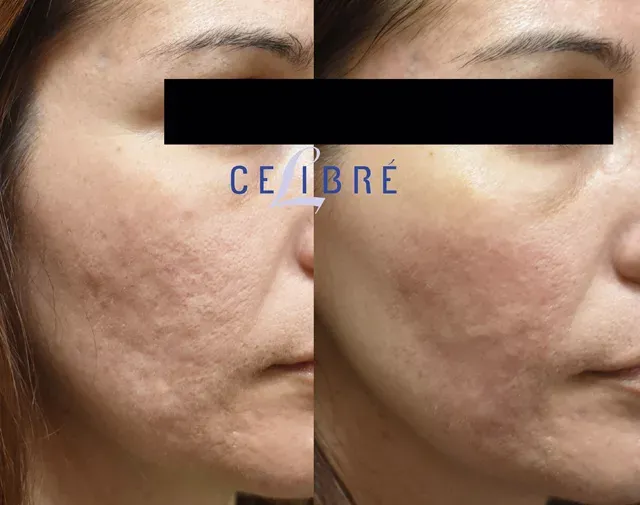
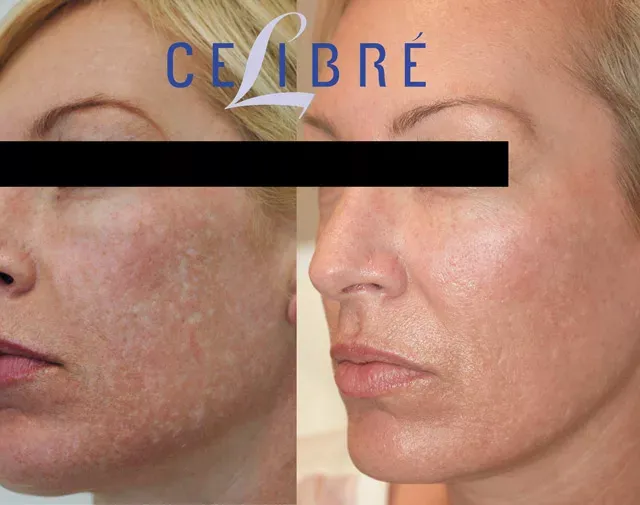

















Today, we will focus on pulsed dye lasers for red acne scars, Q-switched lasers for brown acne scars, TCA Cross for pinpoint or ice pick scars, and dermal fillers and fractional resurfacing for boxcar and rolling scars. By understanding the best treatment for your scar type, you can take the right steps toward achieving smoother, more even skin.
Red acne scars, also known as post-inflammatory erythema (PIE), are the result of inflammation and blood vessel formation in the skin following an acne breakout. These scars can be particularly noticeable on lighter skin tones and often persist long after the acne has healed.
Pulsed dye lasers (PDL) are one of the most effective treatments for reducing the redness associated with PIE. Pulsed dye lasers like the Candela V-Beam work by targeting the blood vessels beneath the skin’s surface. The laser energy is absorbed by the hemoglobin (red blood cells), which heats and closes the small blood vessels. This process reduces the redness and discoloration in the affected area, promoting an even skin tone.
Benefits of PDL:
Procedure and Recovery: A typical pulsed dye laser session lasts around 15-30 minutes. Most patients require 3-5 treatments spaced several weeks apart to achieve optimal results. Side effects may include temporary redness, mild swelling, or bruising, but these usually subside within a few days. The treatment is particularly effective for fresh red scars but can also help with older scars.
Brown acne scars, or post-inflammatory hyperpigmentation (PIH), occur when the skin overproduces melanin in response to inflammation caused by acne. These scars are especially common in darker skin tones and may take months or even years to fade naturally.
Q-switched lasers are highly effective for treating PIH by breaking down the excess pigment in the skin. Q-switched lasers emit short, high-energy pulses that target melanin without damaging the surrounding skin. The melanin is fragmented into smaller particles, which the body then naturally clears away over time.
Benefits of Q-switched Lasers:
Procedure and Recovery: A typical Q-switched laser session lasts about 20-30 minutes. Multiple sessions may be required to achieve significant improvement, depending on the depth and severity of the pigmentation. Patients can expect mild redness and swelling for a day or two post-treatment, with pigmentation gradually lightening over the following weeks. In some cases, q-switched lasers are combined with hydroquinone for even faster results.
Ice pick (or pinpoint) acne scars are narrow, deep depressions in the skin that resemble small holes. These scars are quite visible because of the shadows created inside the hole and can be difficult to treat due to their depth. One of the most effective treatments for this type of scarring is TCA Cross (Trichloroacetic Acid Chemical Reconstruction of Acne Scars).
TCA Cross involves applying a high concentration of trichloroacetic acid (approximately 60% – 75% at our office) directly into the scar, which causes controlled damage to the scar tissue. This triggers a healing response, promoting collagen production and remodeling of the scar, effectively “filling in” the depression over time.
Benefits of TCA CROSS:
Procedure and Recovery: TCA CROSS is a quick procedure, usually taking less than 30 minutes for the cheeks. The treated area may scab and peel over the following days, with healing taking about 1-2 weeks. Multiple sessions, typically spaced a month apart, are often needed to achieve the best results. After a few treatments, patients usually notice a significant reduction in the depth and appearance of their ice pick scars.
Boxcar and rolling scars are wider and shallower than ice pick scars, but they can have similar sharp edges. Boxcar scars are typically round or oval with defined edges, while rolling scars create an uneven, wavy texture on the skin. Both types of scars respond well to dermal fillers, which can temporarily smooth the skin’s surface by “filling” in the depressions.
Dermal fillers, such as hyaluronic acid (HA) and Sculptra, are injected into the scars to restore volume and smooth out the skin. Some of these fillers offer immediate results, although they are not permanent and will require maintenance treatments over time.
Benefits of Dermal Fillers:
Procedure and Recovery: The procedure typically takes 15-30 minutes, depending on the extent of the scarring. Results are immediate, and patients can return to normal activities right away. However, the effects of dermal fillers are temporary, lasting from 6 months to 2 years depending on the type of filler used. Regular touch-ups are necessary to maintain results.
Fractional laser resurfacing is another highly effective treatment for boxcar and rolling scars. This method uses lasers to create micro-perforations in the skin, removing scar tissue and triggering the body’s natural healing process to stimulate collagen production. As new collagen forms, the skin becomes smoother and more even in texture.
Fractional resurfacing can significantly reduce the appearance of boxcar and rolling scars by softening the edges and decreasing the depth of the scars. There are several types of fractional lasers available, including the Sciton erbium lasers, which we can use for all skin types and all scar types.
Benefits of Fractional Resurfacing:
Procedure and Recovery: A typical fractional resurfacing session lasts around 30-60 minutes. Patients may experience redness, swelling, and peeling for several days to a couple weeks after the treatment, depending on the intensity of the treatment and depth of scars. Multiple sessions are often recommended for optimal results, with improvements continuing for months as the skin heals.
Acne scars can be stubborn and distressing, but modern treatments offer a range of solutions tailored to different types of scarring. Pulsed dye lasers and Q-switched lasers target red and brown discoloration, while TCA CROSS is highly effective for deep ice pick scars. Dermal fillers and fractional resurfacing can address boxcar and rolling scars, providing immediate and long-term improvements in skin texture.
Choosing the right treatment depends on the type and severity of your scars, as well as your skin type. At our practice, we offer these options and have been treating acne scars since 2004.
